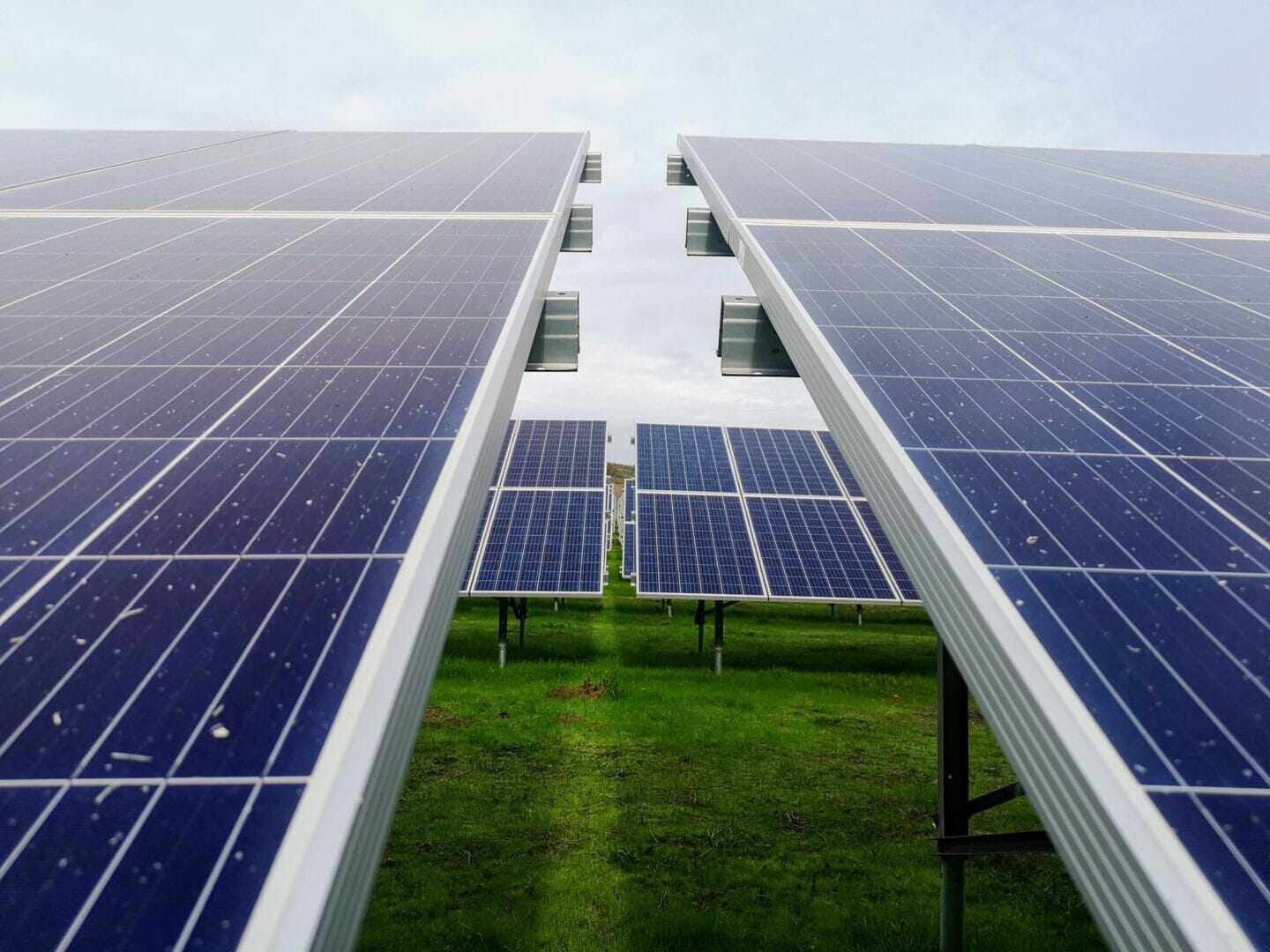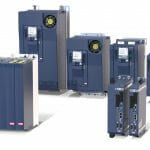In the UK and worldwide, solar energy remains one of the most popular renewable energy options. It is stated that by the close of 2018, there were almost 957,000 recognised photovoltaic installations across the UK alone, a rise of 1.6% on the previous year, despite changes to the subsidies programme that had been in place to boost domestic installations.
From an engineering viewpoint, there are two primary waypoints that manufacturers of solar panels and arrays need to consider as their products make the journey from the factory to where the end user will install them. While the panel manufacturers’ design and production engineering teams will strive to achieve the desired combination of technical performance, weight, durability and reliability, the field installation teamssubsequently charged (no pun intended) with installing and then maintaining them will have an entirely different set of essential criteria. All parties will be keen to reduce failures, and keep downtime and essential maintenance to an absolute minimum. So, as with every project, care and understanding in the initial selection of appropriate materials and the best joining methods is likely to yield significant dividends over time.
By definition, with solar panels and arrays likely to spend their entire service lives in an (often hostile) outdoor environment, manufacturers need to deliver equipment that can cope with extremes of both heat and cold, yet survive and perform without fault for years at a time. Designers must allow for the possibility of differential thermal expansion and contraction occurring between dissimilar materials, especially at the points where they are joined together. Clearly, while differential thermal expansion can and will occur in any part of a panel, the areas where joining is present can prove especially problematic. It takes experts to understand and produce joining products that can cope with this and it is no coincidence that, over time, Bollhoff has emerged as the preferred fastening specialist for many in the solar energy market sector. With a wide portfolio of proven joining solutions that have stood the test of both weather and time, Bollhoff numbers amongst its satisfied solar customers some of the biggest names in the industry, including Citrin Solar, Vaillant, Solvis and Clage and more.
Installation in the field
Of the many fastening systems, solutions and products developed by Bollhoff, four types have proved particularly useful in the design, construction and insallation of solar panels and arrays. RIVCLINCH®, RIVTAC®, RIVSET® and RIVNUT® are all mature, well proven, products that are also widely used in other applications across a range of industries. RIVNUT® was developed specifically for applications requiring a high load-bearing threaded fastener offering exceptional pull-out resistance in thin-walled materials, such as those found on solar panel mounts.
The design is that of a rivet nut set into a special elastomer (or thermoplastic) material and, as the fastener is inserted into a drilled hole in the host material, it is retained in situ by unique clamping nodules mating to the surface of the host material. This holds itself in place until the threaded fastener attaching the solar panel is torqued up as required. Solar panel installers appreciate the practicality of this fastening solution, as assembly is simple, requiring access on just a single side, and the fastener can be used irrespective of whether the mating faces are in the horizontal or vertical plane – or anywhere between the two.
Another key consideration that Bollhoff has found is attractive to solar panel installers is that, compared to using weld-nuts, the RIVNUT® process is quicker, cleaner and much easier to manage when on site. Available in a variety of sizes from M3 to M12,
RIVNUT® fasteners can be specified in stainless steel or other steels, with a variety of coatings designed to extend significantly outdoor service life. To complement the RIVNUT® fastener range, Bollhoff also offers a range of lightweight, easy-to-use installation tools, including battery-powered versions for complete freedom of use in the field.
Manufactured to last
Back in the design offices and on the shop floor, many manufacturers of solar panels and arrays are turning to another Bollhoff fastening system that doesn’t actually include any fasteners at all. Often used in heavier-duty frameworks for both panels and arrays alike, Bollhoff’s RIVCLINCH® system uses hydraulic pressure to join materials together, using a deforming process. Tooling is bespoke to individual applications and the process is said to be especially suitable for ‘harder’ steels that might otherwise prove difficult to join together. Multiple sections or sheets of aluminium or steel can be joined using the process, which produces round, button-headed or rectangular joint sections, as required by the design.
Because of the non-invasive, no-puncture nature of the process, RIVCLINCH® is said to offer substantially enhanced corrosion-proofing, compared to alternative joining methods, making it ideal for outdoor use in the solar industry. Additionally, and of significant advantage to many users, is the fact that RIVCLINCH® can be used on pre-coated sheet, too. This method of fastening is often found on the butt-joints of solar collector frames and is also used to join the bottom plates onto the frame sections. Further, and of especial interest from a structural strength viewpoint, RIVCLINCH® tooling can also join framework members with inlaid angles featuring up to four joining points: and in a single operation.
Further options bring added benefits
Another aid to the swift and cost-efficient manufacturing of solar panels – more specifically the frameworks carrying them – comes from the use of Bollhoff’s RIVSET® fastening system. Designed to speed up production cycles, while maintaining good joint integrity, RIVSET® is a self-pierce riveting option that obviates the need for the pre-drilling of holes and can be used in both steel and aluminium frameworks. Cost wise, Bollhoff states that the process has proved superior to welding, and is also a cleaner and more environmentally friendly method of joining, which has the added advantage of delivering guaranteed repeatable accuracy.
Further, when joining the corners of solar panel frameworks, some manufacturers have embraced yet another Bollhoff fastening method, RIVTAC®. The system is a high-speed joining method (often used on premium-brand motor cars) in which a tack is driven into the host material at high speed, without the need for a pre-punched hole. For mass-produced solar frames, the process has proved ideal by being quick, clean and energy efficient.
Bollhoff’s Industry Manager Clive Brown observes: “Most of the major solar OEMs use Bollhoff’s fastening and equipment for frameworks and mounting, because we have worked alongside them to develop processes and products specifically for their given applications. The solar industry makes many different demands where fastening and assembly is concerned, and our various partnerships are there to ensure that we deliver bespoke solutions to individual needs in the sector. Use of our extensive R&D facility is available whenever a new project emerges, and allows us to define, develop, refine and ultimately respond to customers with tailored fastening solutions that meet their exact design demands.”





